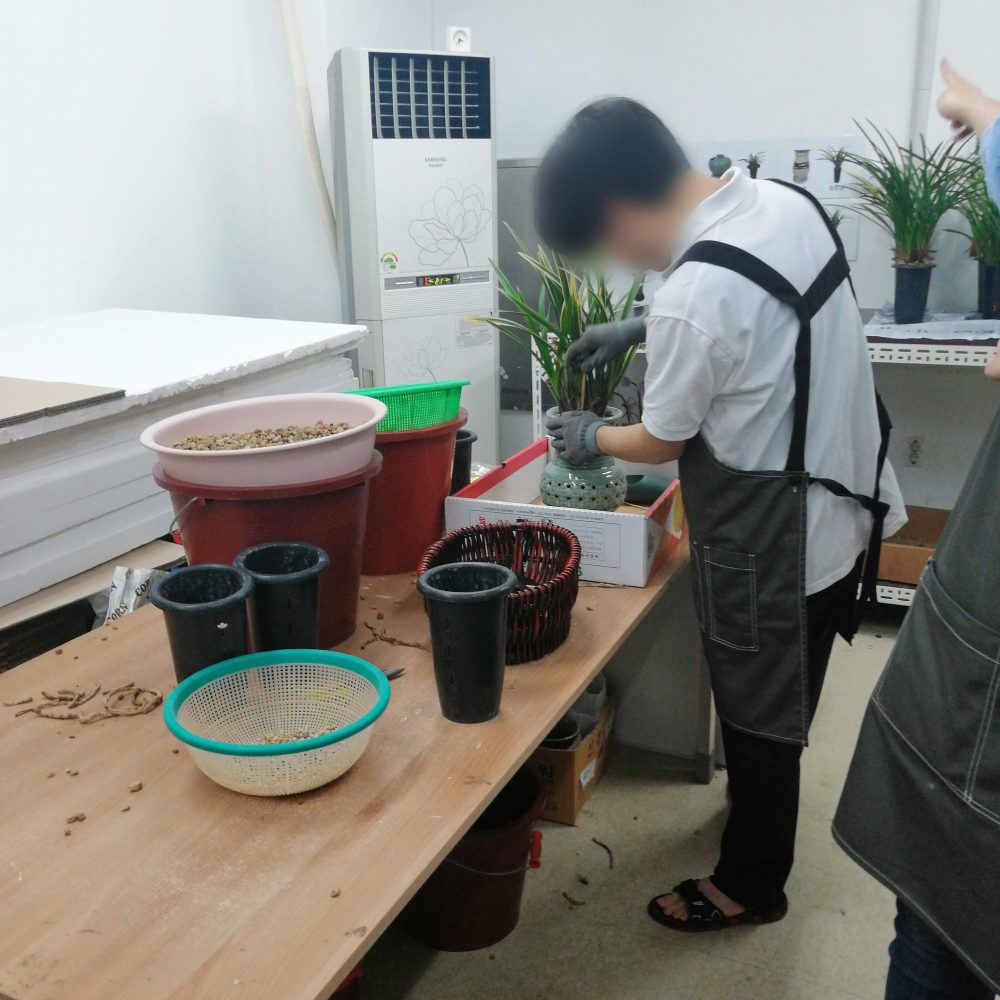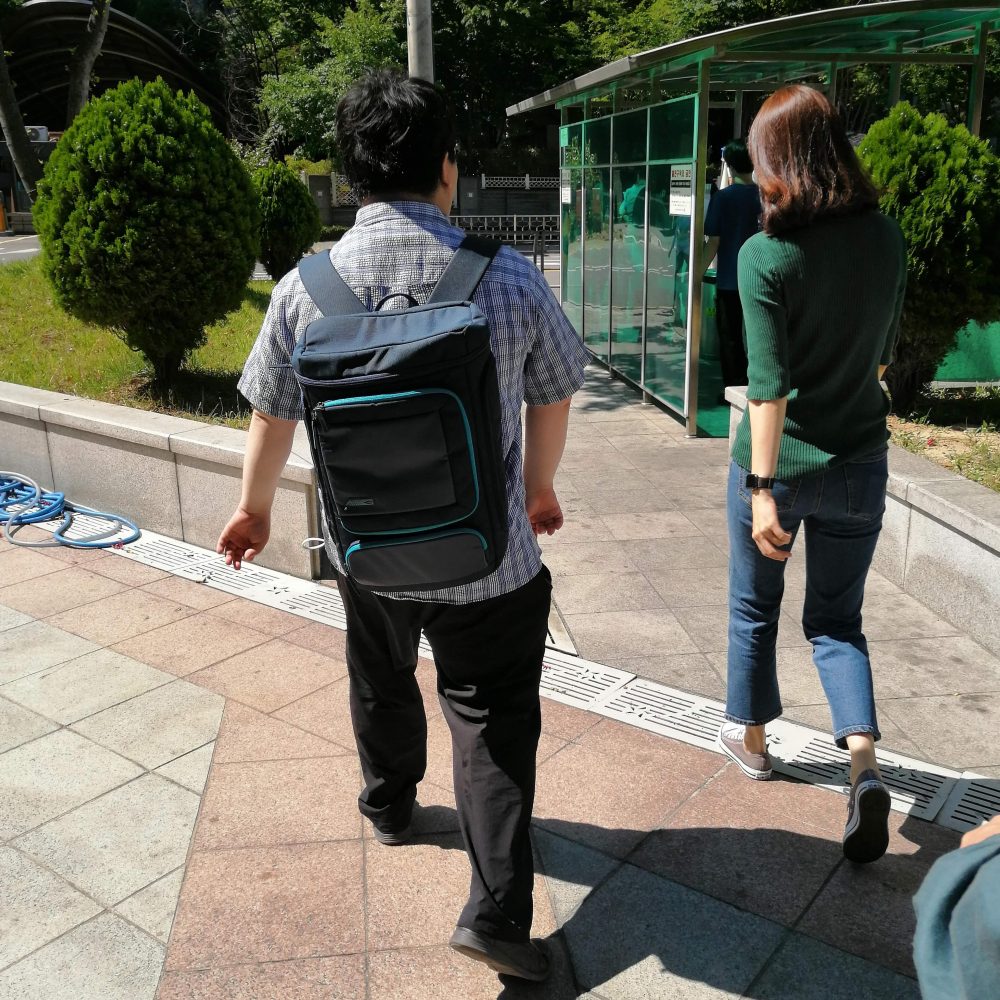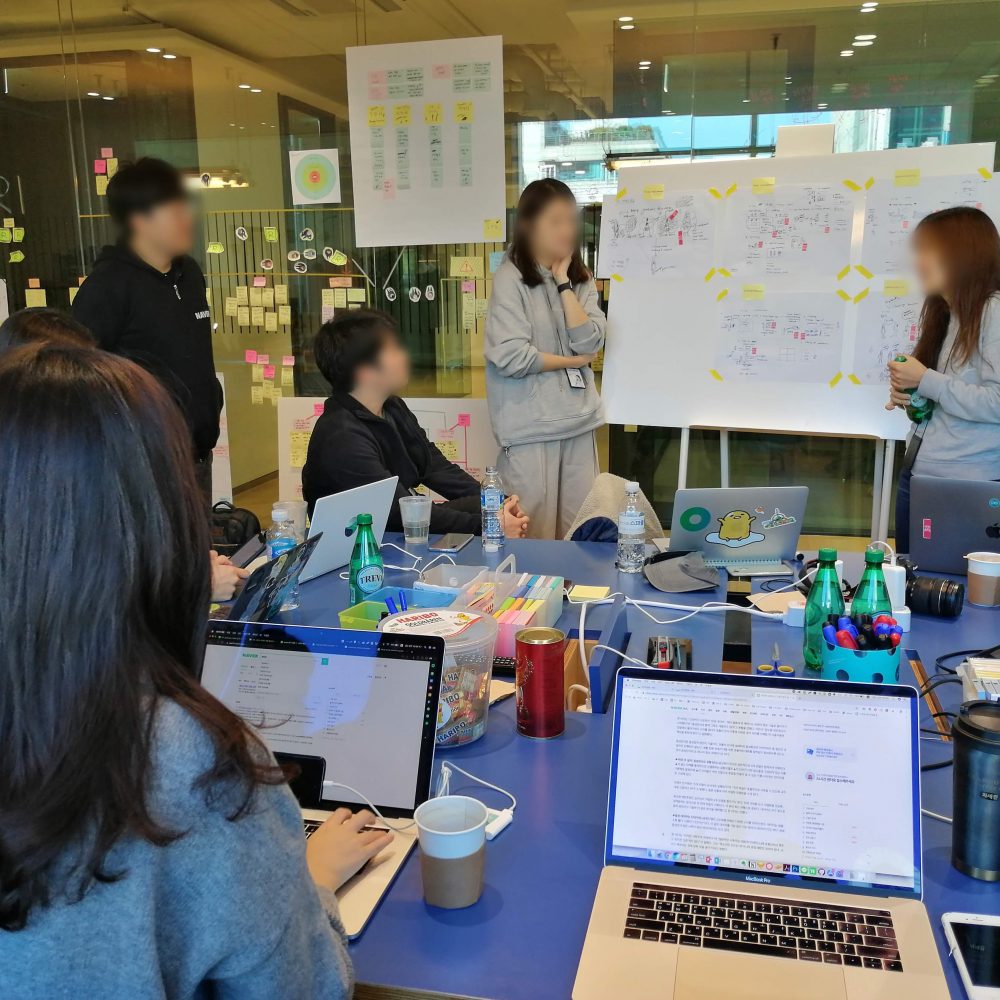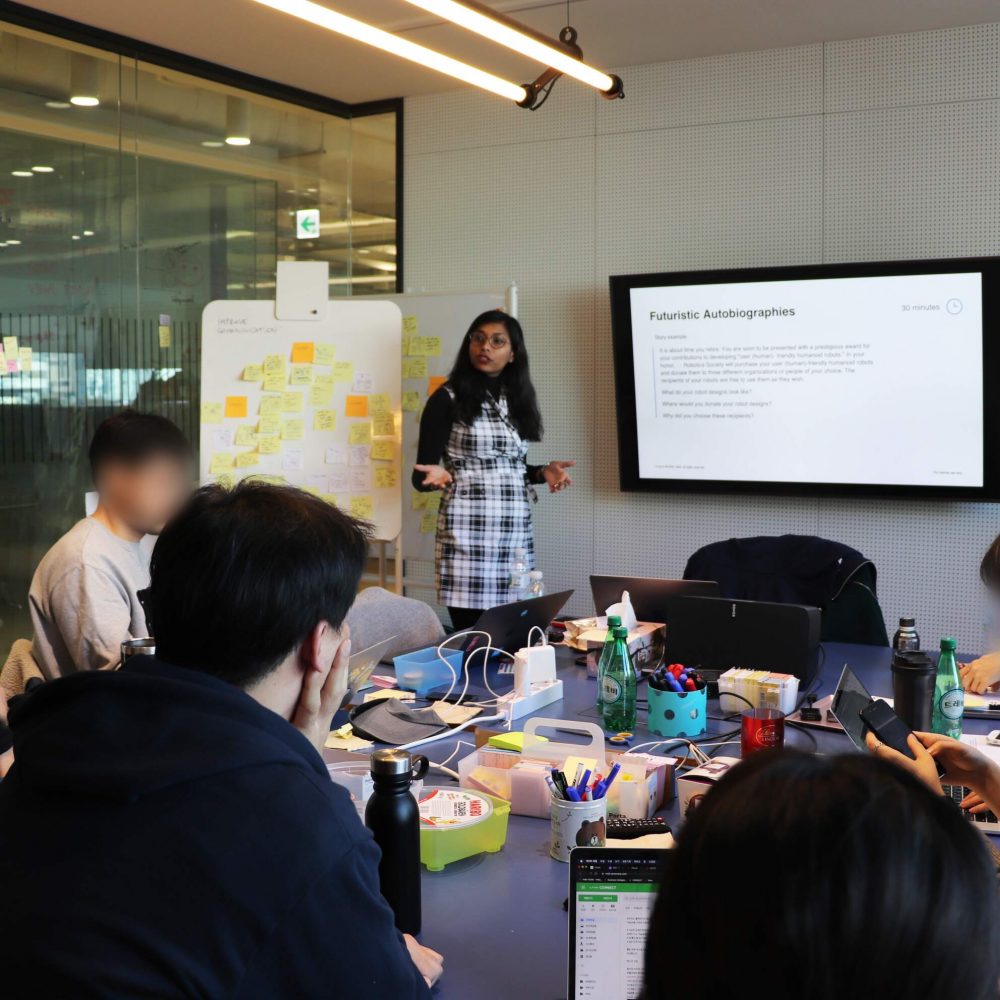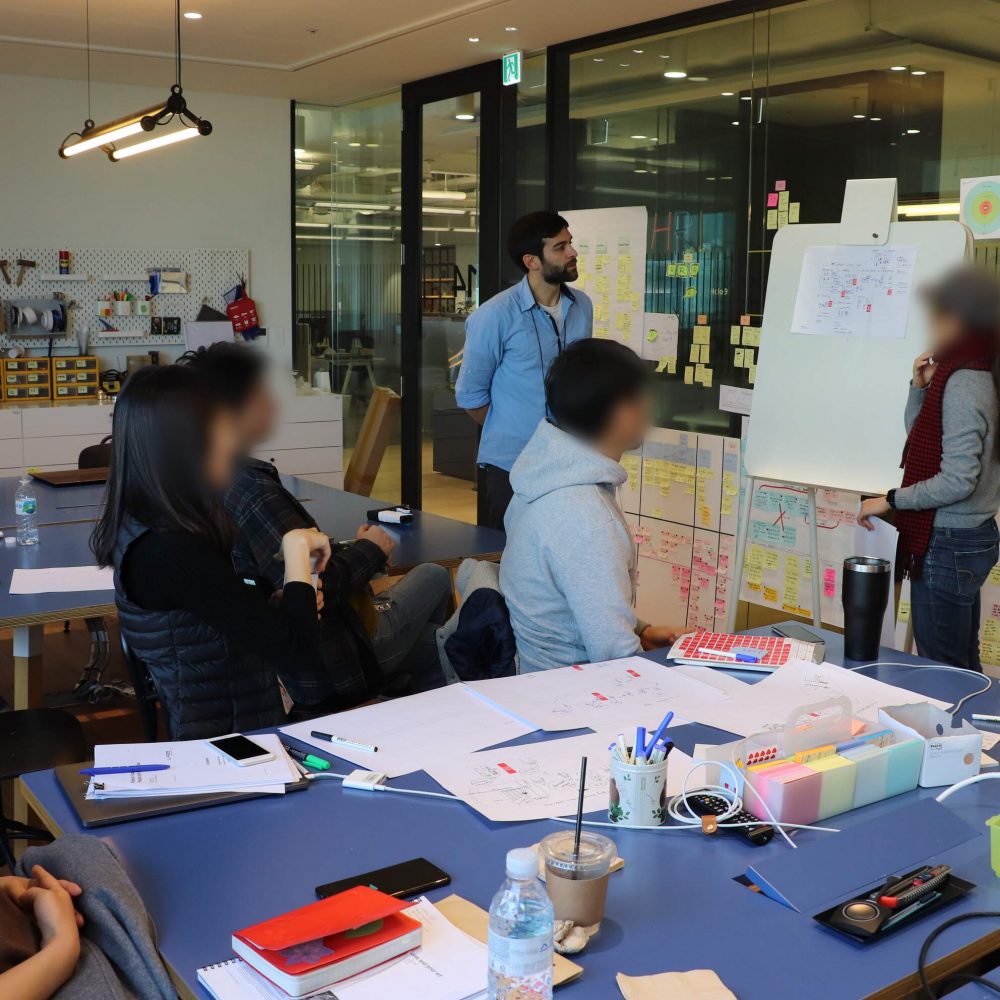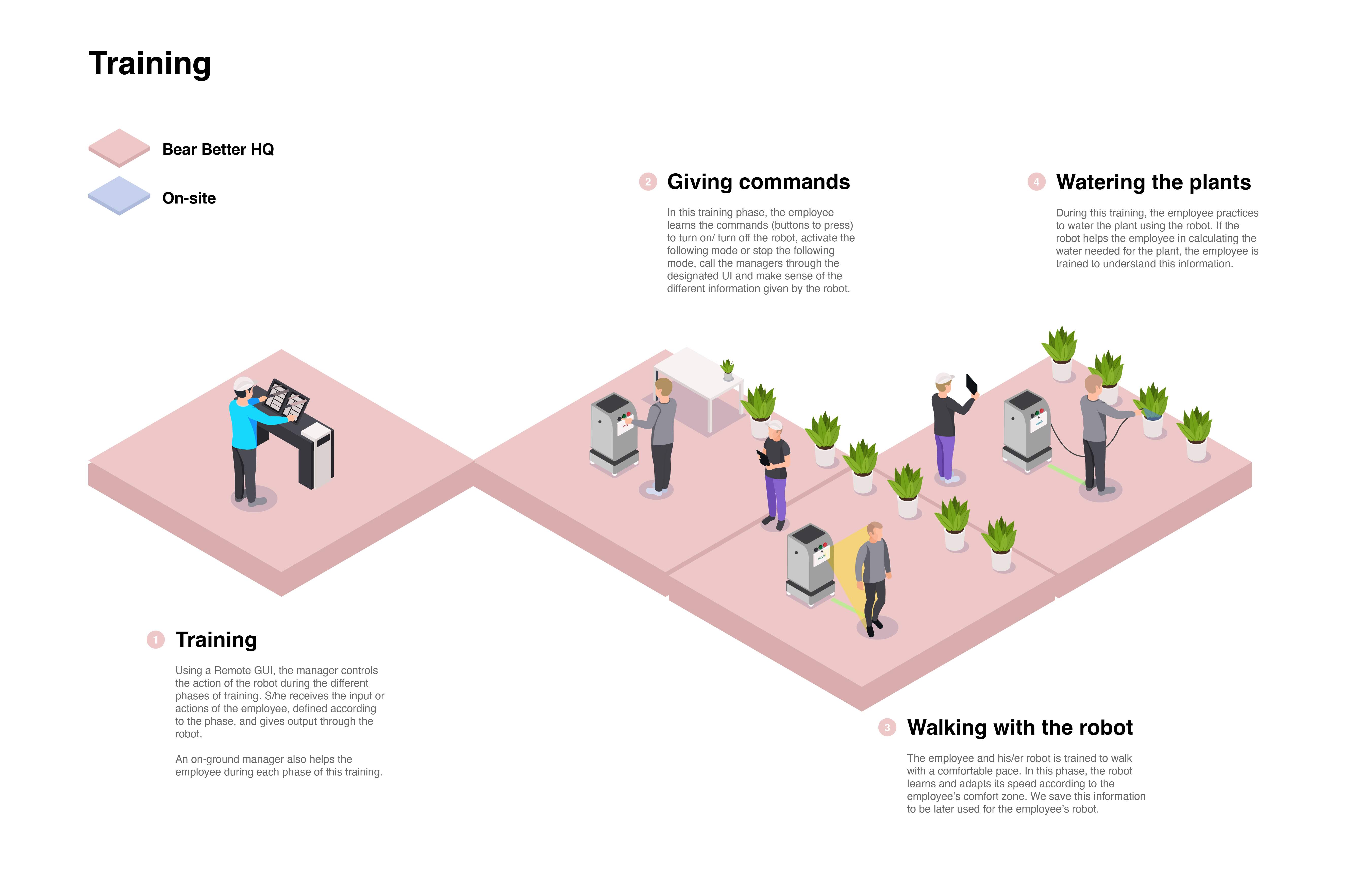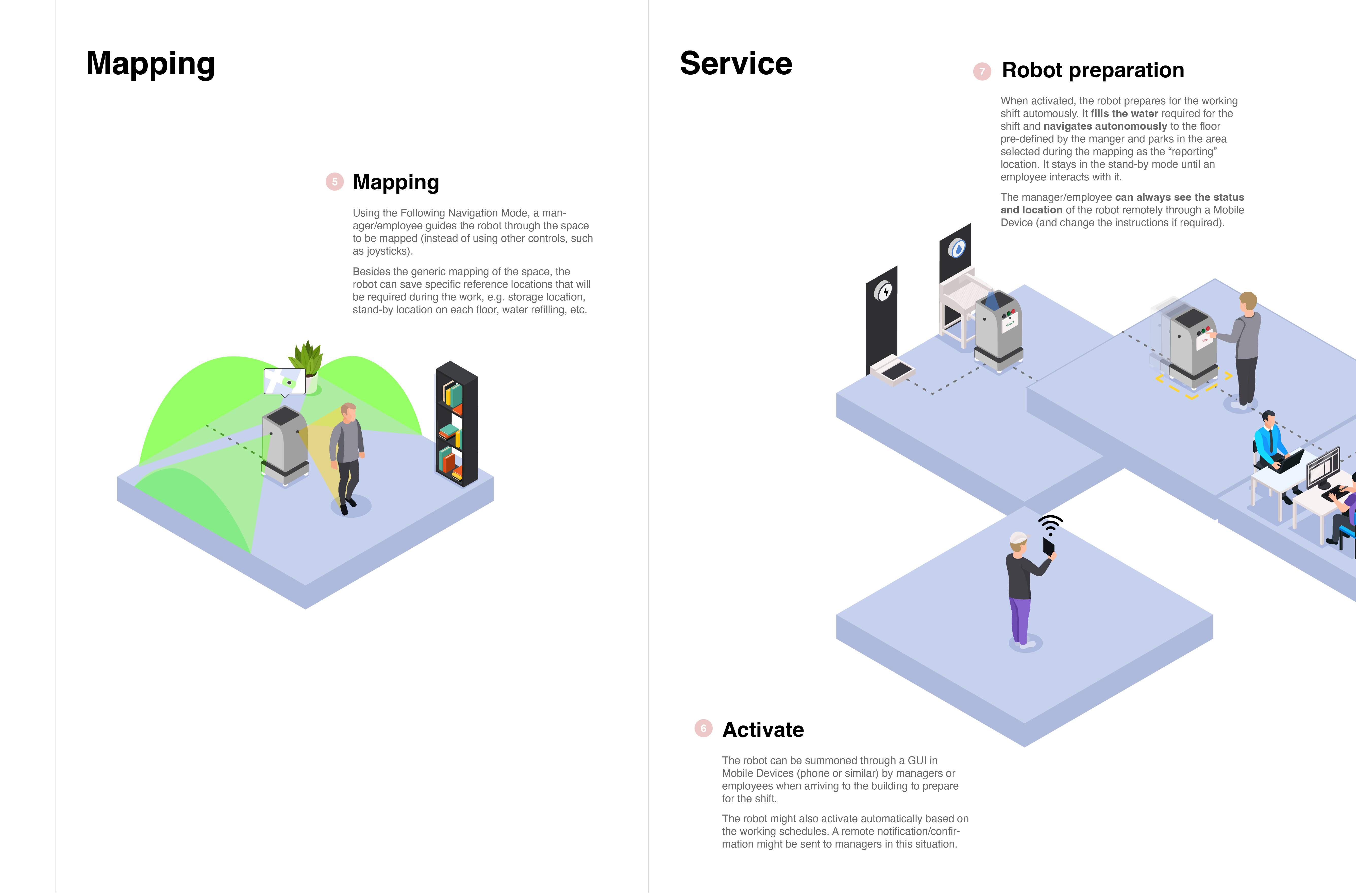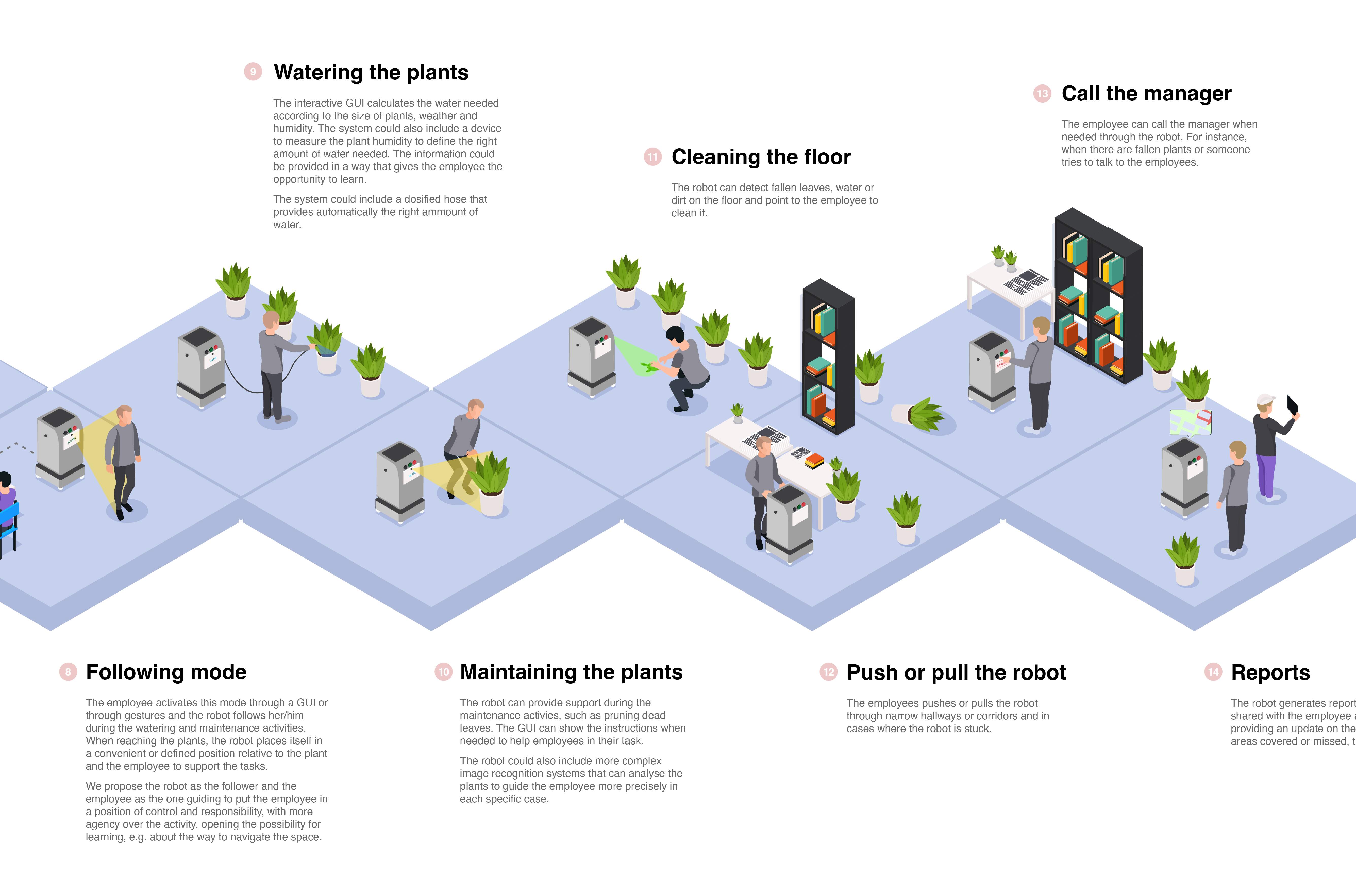Exploring Robotic Support for Employees with Disabilities
We investigated the potential of a mobile robot platform to assist employees with cognitive disabilities, with a strong focus on ethical considerations, and aiming to enhance and empower their personal and professional growth
LEARN MORE.
A Decision Support Design Framework for Selecting a Robotic Interface
Gonzalez-Jimenez, Gallo, Sosa, Sandoval, Colombino, Grasso. 2022. International Conference on Human-Agent Interaction. Preprint →
Ethical Design of a Robot Platform for Disabled Employees: Some Practical Methodological Considerations
Colombino, Gallo, Shreepriya, Im, Cha. 2021. Frontiers in Robotics and AI, section Ethics in Robotics and Artificial Intelligence. Journal article →
The Impact of Organizational Properties on the Design of Robotic Support for Employees with Disabilities
Colombino, Gallo, Shreepriya. 2020. Conference on Human-Robot Interaction (HRI). Short paper →




